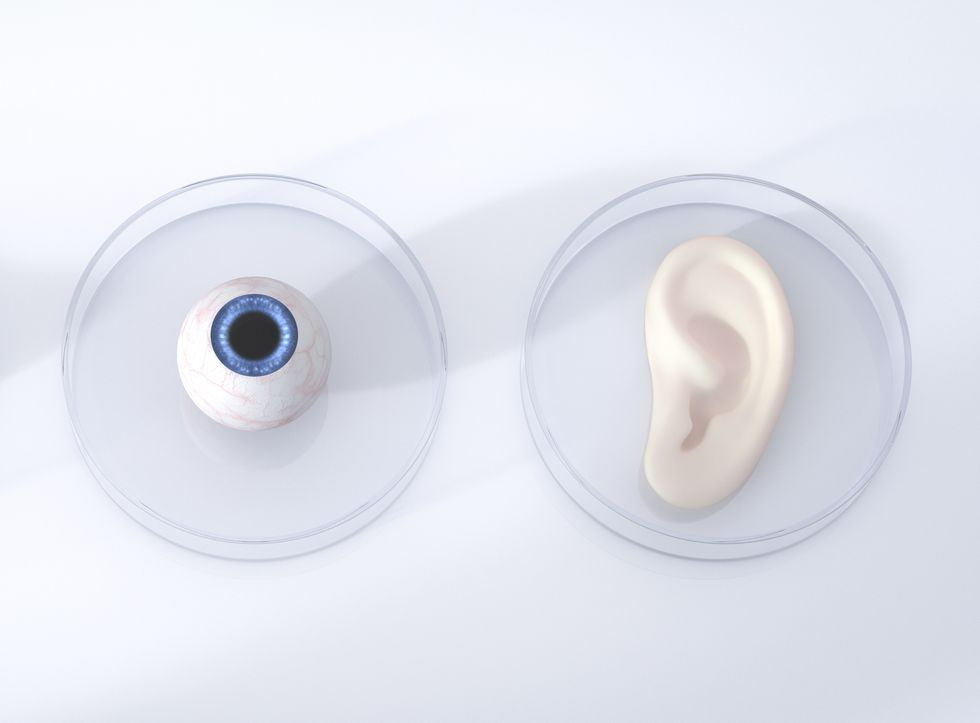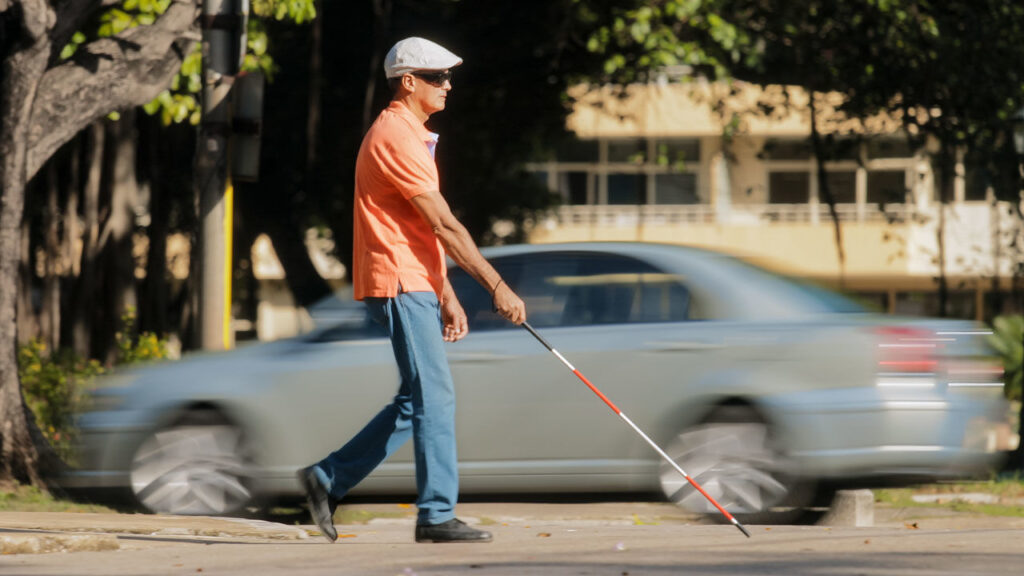Japanese Scientists Say Human Could Develop a Sixth Sense

Recently, after a series of experiments, Japanese scientist proved that humans can develop a sixth sense – echolocation. In their study, they found that humans are more adepts at identifying moving objects than static ones.
Dr. Miwa Sumiya, PhD, the new study’s first author, humans will see the world far better if they can imitate how bats send out high-pitched sound waves from particular angles, which bounce back at different intervals. She said that this is how bats learn about an object’s movement, texture and geometry.
Dr. Sumiya, who is a researcher at Osaka’s Center for Information and Neural Networks believe that examining how humans can get new sensing abilities through sounds to recognize environments, may lead to understanding the human brains’ flexibility.
Testing the theory
Dr. Sumiya’s team created an elaborate setup to test the theory. They gathered 15 participants and placed them in one room. They were given a pair of headphones and two tablets. One tablet will generate the synthetic echolocation signal, and use the second tablet to listen to the recorded bounce back of the sound.
In the other room, which is not visible to the participants are two different 3D cylinders with irregular shapes. The cylinders would stand still or rotate.
The participants initiated their echolocation signals using the tablet when prompted. The sound waves they released come in pulses, which traveled into the second room and reached the cylinders.
The synthetic echolocation signal they used for the study includes high-frequency signals up to 41 kHz. Humans are not capable of listening to such types of signals. For the participants to listen to the sounds, the researchers used a small dummy head to listen to the sounds coming from the second room and transmit them to the human participants.
The dummy head, according to Dr. Sumiya has a microphone in each ear, rendering the echoes in 3D or surround sound. By lowering the frequency of the 3D (binaural) echoes, the human participants could hear the sounds, feeling that they are “listening to the real spatial sound in a 3D space.”
After listening to the sounds, the participants were asked to determine if the echoes they heard came from a stationary or rotating object. At the end of the study, the participants can reliably distinguish the rotating cylinder based on the time-varying echolocation signals, by listening to the difference in pitch or timbre. There were not very successful in identifying the shape of the stationary cylinder.
This is the first study to explore time-varying echolocation. They are hoping that the technology can be incorporated into wearables like glasses or watches to help the visually impaired navigate the world safely.
There are so many studies to help the blind use modern technology to help them navigate, including laser-equipped walking canes and haptic shoes. But they can benefit from other tech gadgets to make their lives better.

Other echolocation studies
Most of the echolocation studies to help the blind reveal that the brain uses the brain region for sight, adapting the region to processes new input like touch or sound. Blind people who use echolocation, by making clicks with their mouths, reveals a certain degree of neural repurposing. This means when sight is missing, the brain uses the same principles for visual processing to interpret echoes. The processing happens in the brain’s primary visual cortex.
The researchers found that the brain can be trained to use spatial information differently, to help the blind “see” even if they cannot receive the information through their eyes.